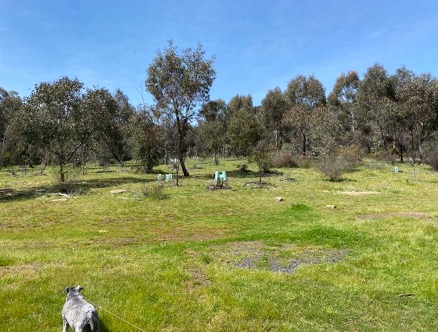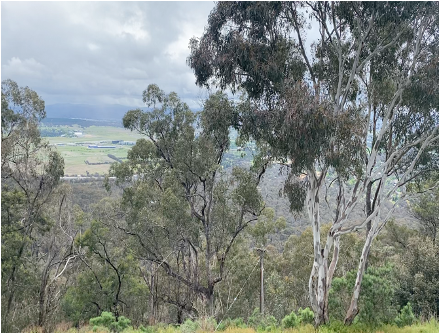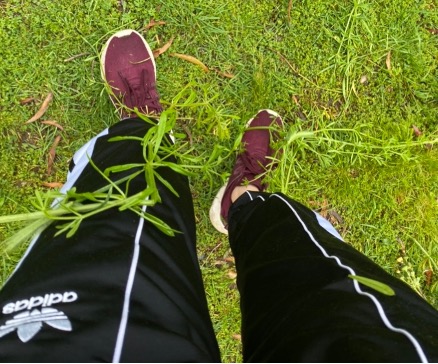Before I volunteered with the Mt.Ainslie Weeders, weeding to me was to get rid of the unwanted plants, done and dusted. Well turns out, weeding is much more complex than you think and I am going to share with you my unexpected experience weeding with the Mt.Ainslie Weeders.
For the two weeding sessions I’ve attended, I worked in two different locations of Mt.Ainslie. One was the Old Ainslie Tip (Picture 1), and the lookout (Picture 2). The old tip used to be use as a dumping site for factory material waste which has been revegetated, while the lookout has a lot of tourists going in and out of the site.
Picture 1:Old Mt.Ainslie tip
Picture 2: Mt.Ainslie lookout
What makes a weed a weed?
Have you ever wondered, why does the word “weed” have such a negative connotation to it? Let’s clear things up here. Weeds are usually defined as plants that overtake other species and damage the ecosystem. Surprisingly, native species can also become a weed when it finds a comfortable spot to live in, and starts taking over indigenous plants.
The biggest enemy of the year
I am not an expert in plants but as soon as I arrived at the first site, I knew that our enemy was close by.(Picture3)
Photo 3: Cleavers (Galium aparine) stuck to my shoes
Sticky weeds also known as Cleavers (Galium aparine) are an annual weed that can thrive in waterlogged or dry soil. There were particularity lot of sticky weeds this year due to the heavy rains from La Niña. We carefully weeded by hand to make sure we get rid of the roots. In just a few minutes, I was able remove a significant amount.
Photo 4: Before removing Cleavers (Galium aparine)
Photo 5: After removing Cleavers (Galium aparine)
Different ways and different views
Martin from ACT Parks and Conservation Service explains the complexity of weeding. Some weeds need to be pulled out from the root, while some simply removing the ovule is enough as some weeds could provide a habitat for fauna. Martin further explains that it is complicated because people have different perception on weeds. To some it is a threat to biodiversity, to some it is just a beautiful flower.
Photo 6: Martin explains taking off flowers are enough for some weeds
So are we doing a good job at managing weeds?
Consistency and patience are important in managing weeds. Complete eradication of weeds are impossible as many factors such as wind, birds and gravity play a role in carrying the seeds around. Although consistent weed control is possible. The use of GIS mapping is an excellent way to keep consistency on weeding. Furthermore, it is important to understand that weeding is a long-term process and our acts now are protecting plants to thrive in the future.
Welcome to the complex world of weeding
Weeding is a good way to get involved in biodiversity conservation. Behind this simple action of pulling out a weed, many factors need to be considered. Picking the best season to weed plants, people’s different perception on weeds, complex interactions between weeds and biodiversity and so on. Small actions can cause a Butterfly Effect on the ecosystem which make this very sticky situation.
I would like to thank the Mt.Ainslie Weeders and Martin from ACT Parks and Conservation Service for this opportunity.
All photos were taken by Sarina Shimizu






